Myths about Yoga
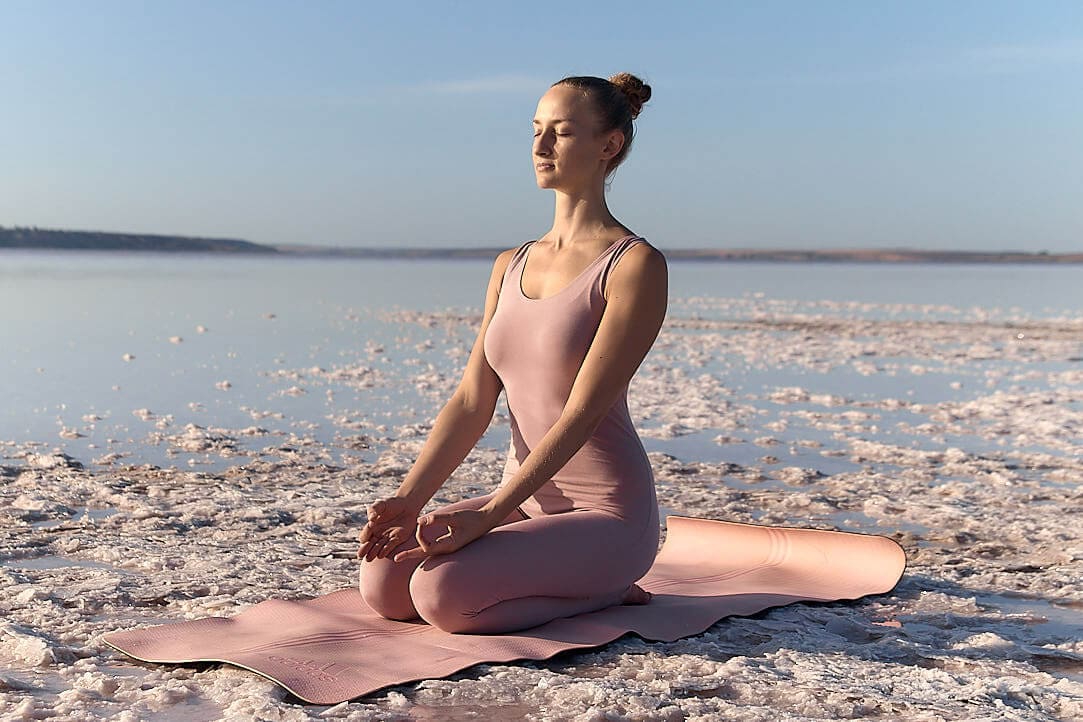
1. Yoga is a religion
Fortunately, this opinion is no longer common. Mainly among those who think in familiar cliches. In fact, Yoga is not a religion or faith, but a specific method of developing one’s body and mind, which gives confidence that a person is not only the body and psyche, but also something much more.
➤ About the types of yoga practitioners and about “faith”
2. Yoga is just fitness, stretching or joint (postural) gymnastics
Thinking that yoga is just a form of physical activity to stay fit is about the same as having a Tesla in the garage, but using it only as a place to sit (without going anywhere). By practicing yoga you can not only keep fit, improve health, develop flexibility, prolong youth and much more, but also change your interaction with the world around you. The world is much more interesting than what you see from a car in a locked garage. Just stretching and healing is not even a tenth of what you will gain by practicing Yoga.
Yoga is a new way of life for understanding your true “I” and going beyond the stereotyped and dogmatic limits of your perception.
Closer to fitness and stretching is the “asana” stage. But this is only ⅛ of all yoga, and asanas are not just some kind of physical exercises - they are performing certain practices, in particular, for the development of consciousness, and stretching is an additional effect.
➤ About effective yoga practice
Holistic yoga contains 8 components:
- Yama - the rules of thinking of the practitioner.
- Niyama - rules of conduct for a practitioner.
- Asana – body position.
- Pranayama – breathing exercises for the development of prana (energy).
- Pratyahara – control over the senses.
- Dharana – contemplation.
- Dhyana - meditation.
- Samadhi is the deepest meditative state.
3. Yoga should be done at dawn
And at dawn, and at sunset, and at noon, and at midnight. I would like it :)
Indeed, by performing the morning complex you are charged with energy for the whole day. But if you also practice an evening set of exercises, you will achieve the desired result faster. And you will need less time to sleep.
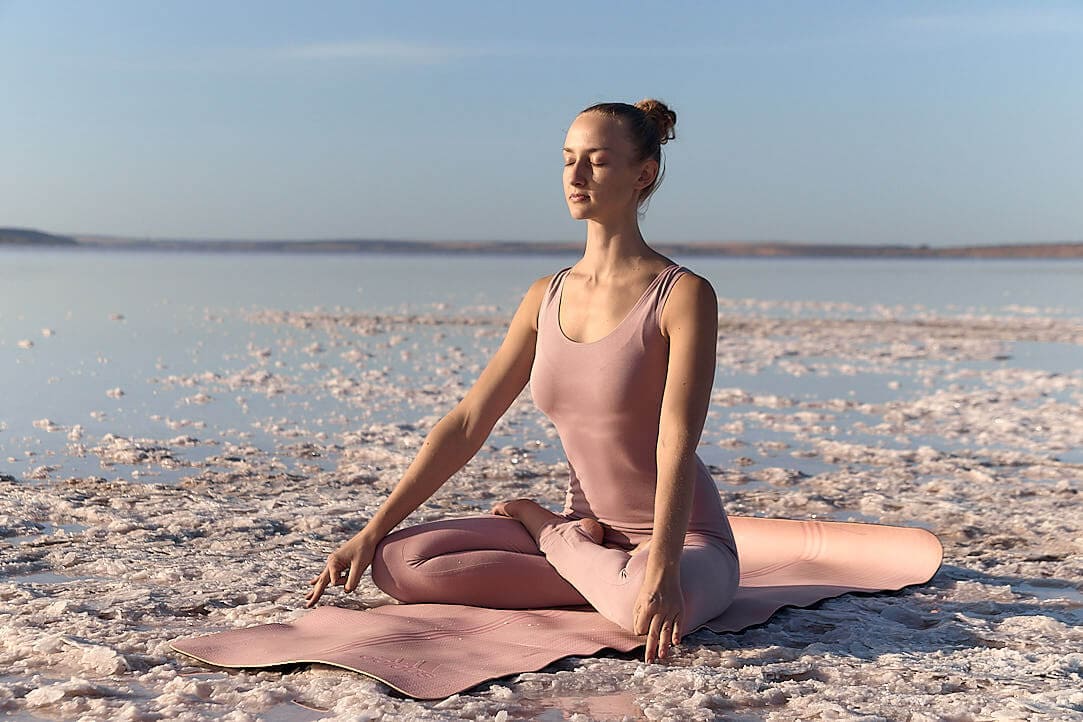
4. Yogis are vegetarians
The Hatha Yoga Pradipika says:
“A yogi can use the following without fear: wheat, rice, barley, milk, buffalo ghee, sweets, honey, dry ginger, cucumbers, vegetables and good water. This is beneficial for those who practice yoga."
Hatha Yoga Pradipika.
But this does not mean at all that you can’t eat anything else. Or that just by eating a vegetarian diet you will immediately become brighter. Don't even dream about it :) You still need to practice. And provide the body with the necessary set of proteins, fats and carbohydrates. Depending on your lifestyle. However, after some time of yoga practice, you yourself will be able to sense by the smell and even the sight of food what food you need and in what quantity.
5. Yoga can only be learned by practicing with props
As we have already written, in our opinion, for normal practice, an ordinary mat is more than enough.
Of course, as with everything, there is one exception. In our case, this is the performance of individual stretching exercises by those for whom simple splits are no longer enough. And to perform negative splits, you may actually need benches or footrests.
And it is not at all necessary to do Paripurna Navasana using a belt, as in the photo below.
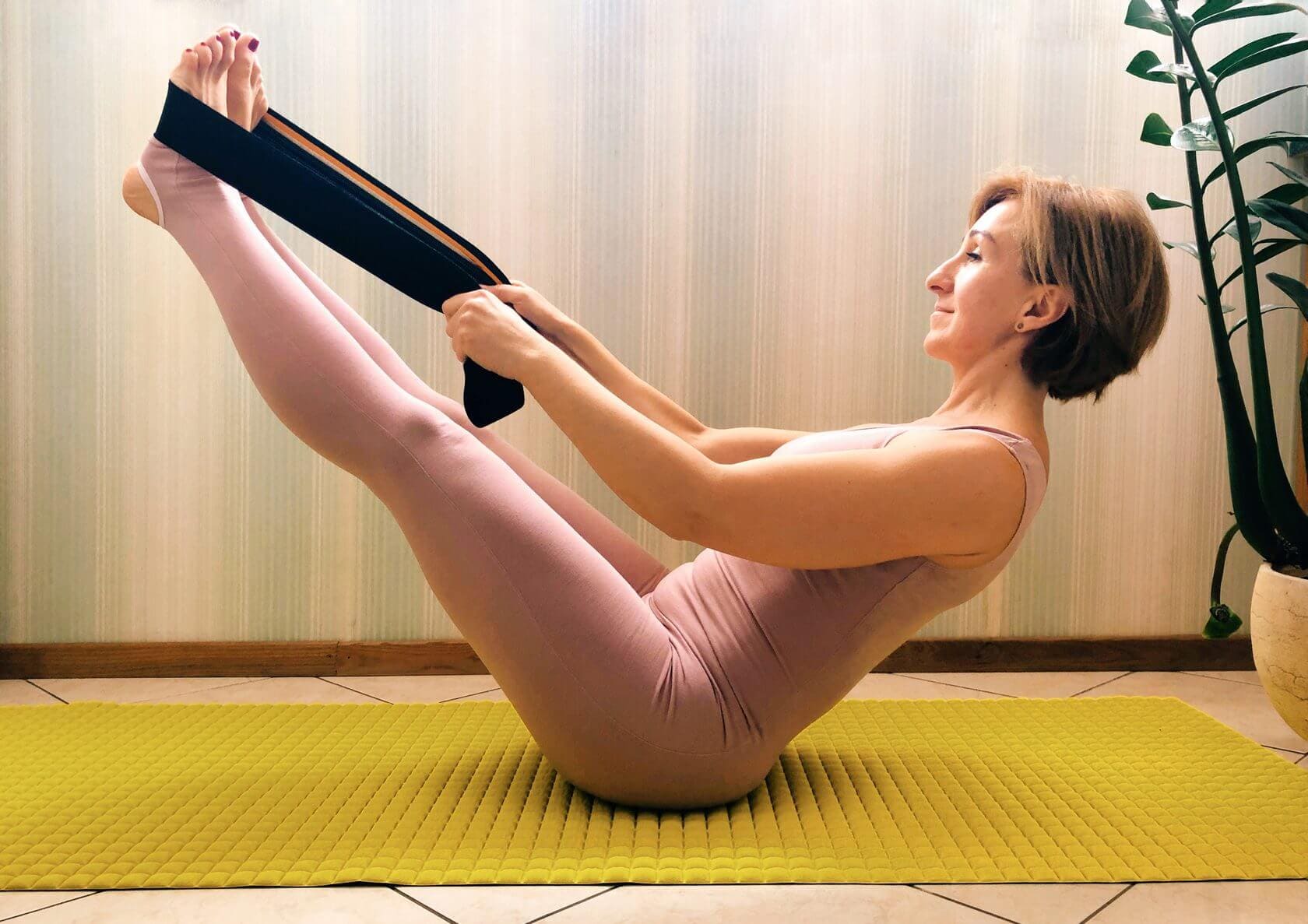
6. Yoga - an activity for flexible and thin people
Then only gymnasts, circus performers or ballerinas could be classified as yogis.
At the beginning of practice, excess weight and lack of flexibility will not allow you to perform many exercises correctly. However, with regularity and persistence in exercise, your diet will be optimized, and within a few months you will notice how your flexibility has improved and your muscles have become stronger. By the way, most exercises have variations that are accessible to people of different levels of training. This is not to mention meditation practices that can be performed without much flexibility.
7. To practice yoga, you definitely need a branded yoga mat.
Any mat or surface you practice on can become a “yoga mat.” But, if you prefer a rug with a beautiful pattern, then that’s your own business. Although the mat and the drawing, by themselves, will not make you an “advanced practitioner.”
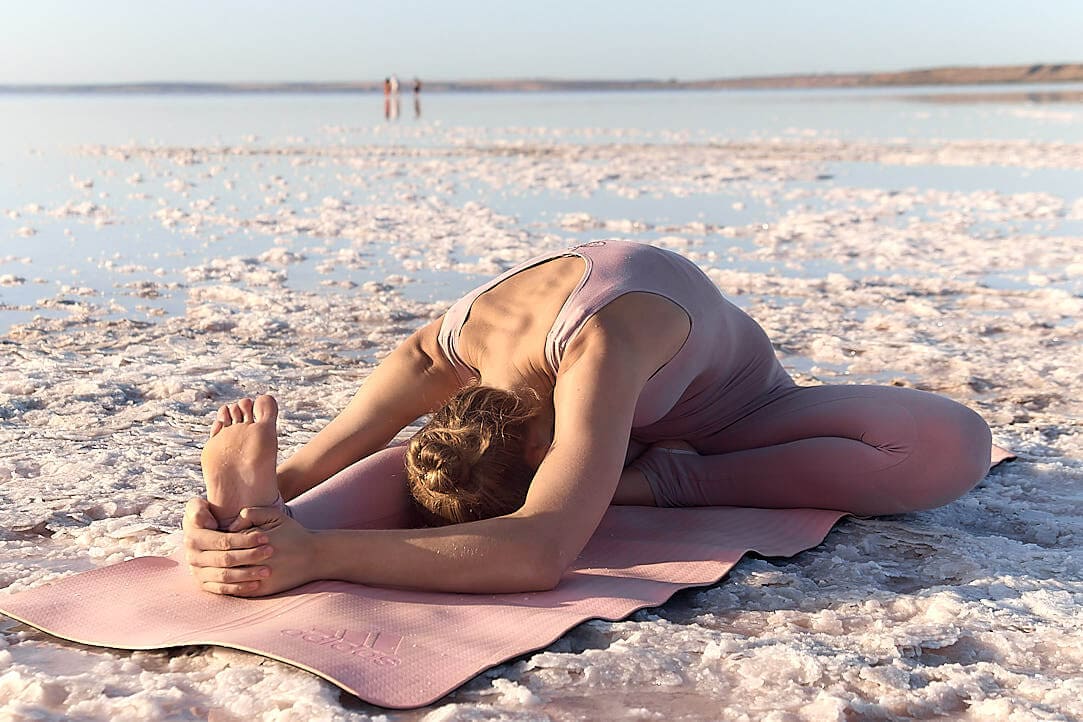
8. Yoga can be successfully practiced in a group
If you want to show off your new fashionable outfit or a beautiful mat, discuss a nice trainer in the locker room, or take pictures in asanas - this is not about yoga at all. The most effective practice is your own, in silence and alone.
Group classes are good as an addition to the main ones. Especially if you don’t turn them into a competition to see who can bend better.
9. In yoga, a mentor is required
If the mentor really understands the intricacies of yoga, not only in words and not only from books, then this is good. But even if you already have a Mentor, this does not eliminate the need to think for yourself and be aware of your body.
However, if you perceive yoga as a way of life, then communication with a Guru will greatly help your development. Of course, if you find such a real Guru and he finds it possible to devote his time to you.
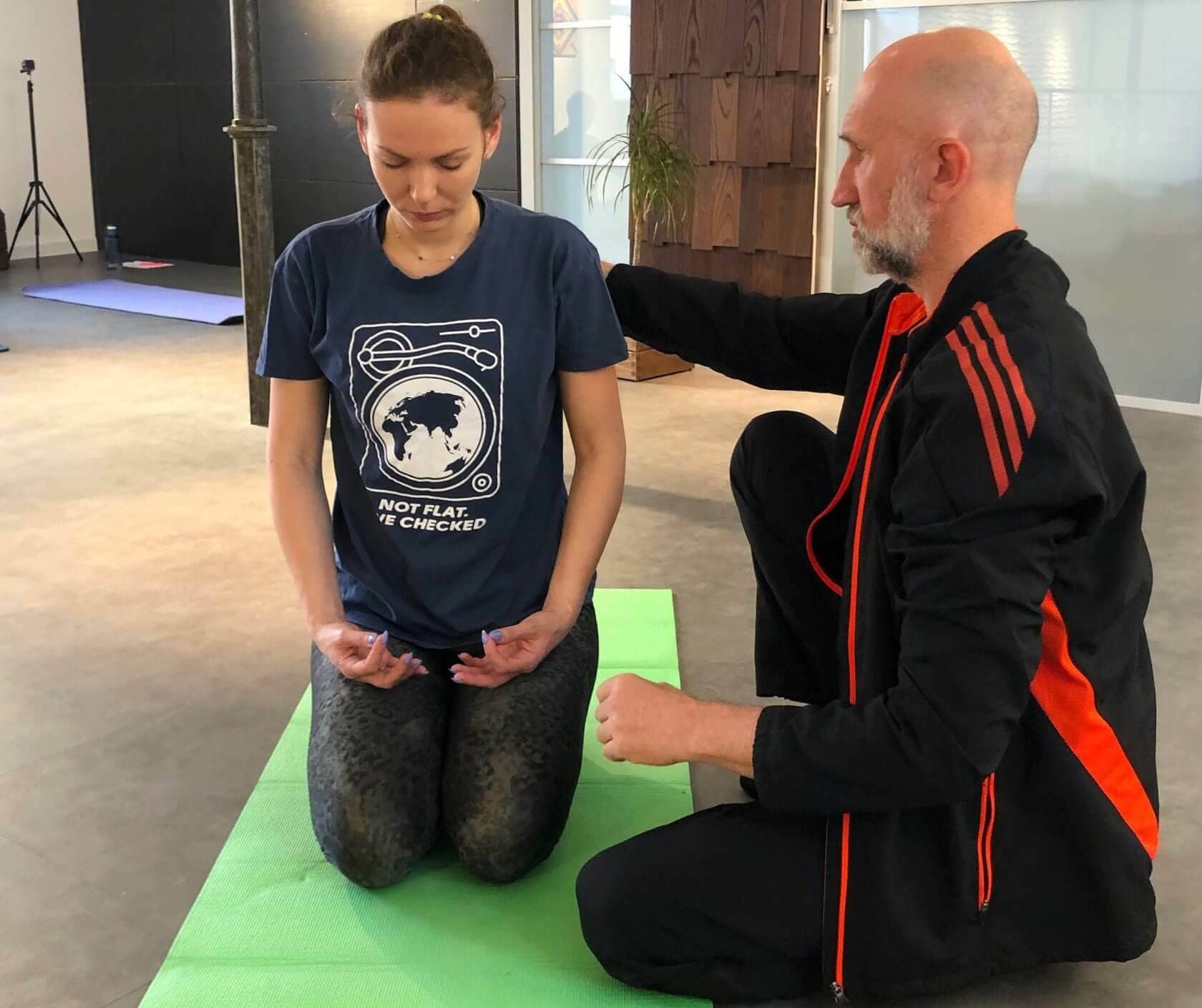
10. Yoga is at least an hour of practice.
A separate well-thought-out holistic yoga complex can last any time. And 5 minutes and 1.5 hours, as in Practice at the Yoga Palace and 3 hours, as in Yoga Intensive.
11. The main goal of yoga is health improvement
The goal of yoga is the transformation of worldview.
Already on the basis of this there will be improvement and other positive results (calmness, harmonization of the general condition, improvement...) - only accompanying effects.
12. The most important exercise is Sirshasana
The headstand is an exercise like any other. No more and no less. Therefore, to attribute some special mystical results to it is either a delusion of people who do not yet know how to do Sirshasana and are impressed by demonstrations of its implementation, or the self-deception of some authors.
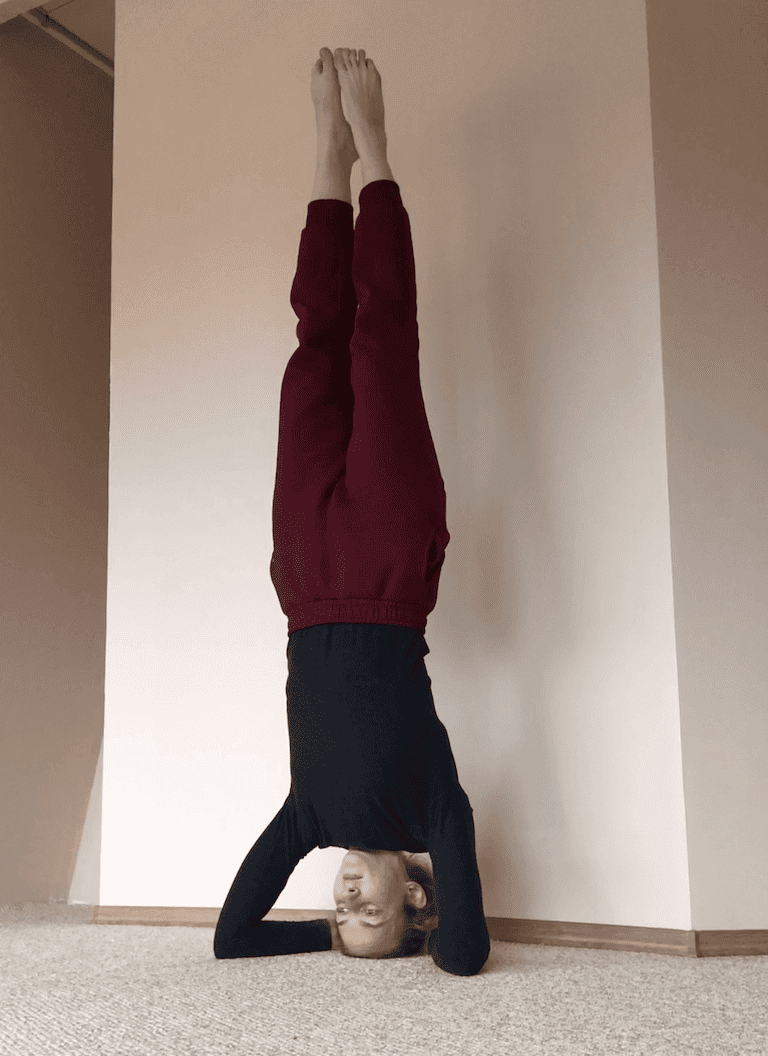
When you are 20 years old and a trained athlete, you can quickly learn how to do Sirshasana. However, if you are trying to master it after 40 years, then do it with extreme caution, if at all there is a need for it. The harm can be much greater than the far-fetched benefit. In addition, it is naive to hope that mastering one exercise in isolation from the entire system will automatically allow you to become enlightened.
13. Real yogis live in India
No. Real yogis can live anywhere.
It is not necessary to wear earrings, bracelets and orange robes to follow the “Path of Yoga”.
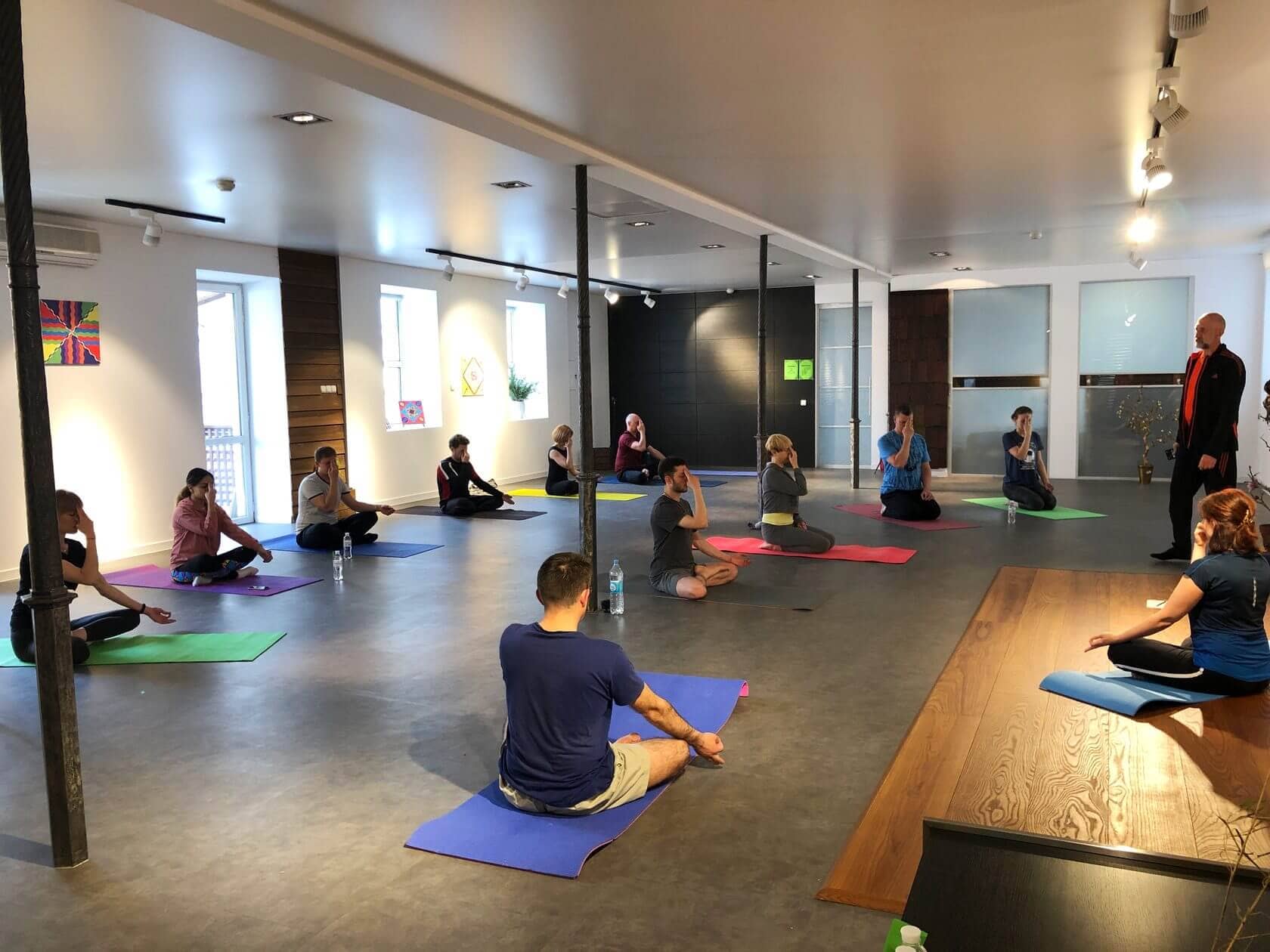
14. You can successfully do yoga a couple of times a week and that will be enough.
A couple of times a week (in a fitness club) you will not do yoga, but simply do some exercises that are similar in appearance to those practiced in yoga. And no more.
Yes, they will give some positive effect, like any physical exercise. But they won't produce the same results that you could get if you changed your approach to a more in-depth one.
Yoga is around the clock and for life :) As we have already written, true yoga is the control and transformation of thoughts, actions and feelings. Accordingly, yoga is more of a way of life.
15. Yoga is for the elite
Yoga is for those who are ready to take the path of understanding themselves and the World around them. This is not a sect or a religion, these are certain thoughts, feelings and actions that help you change and learn what was previously impossible to understand.
What other myths about yoga have you heard? Write in the comments?
Don't look for excuses, we've already found them for you :)
Practice consciously and regularly!